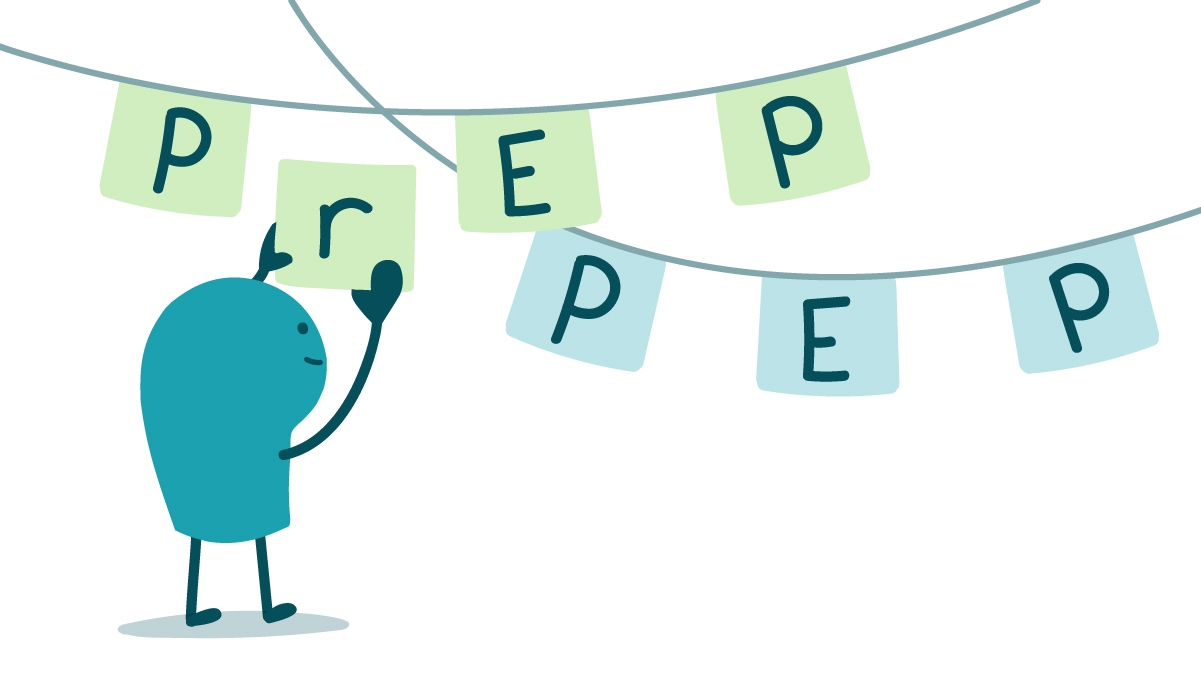
As you know, dear readers, preventing HIV is a major public health priority. And we can’t talk HIV prevention without talking PrEP and PEP. (Rhyming acronyms, anyone?)
When they’re used correctly, these 2 medicines are very effective at protecting people from HIV. That’s why, as health communicators, we need to tell our audiences about PrEP and PEP as part of HIV materials — and make sure we clarify the difference.
Here’s how to give a very basic explanation of PrEP and PEP in plain language:
- PrEP (pre-exposure prophylaxis) is medicine for people who don’t have HIV but are at risk of getting it. If you have sex with someone who has HIV or you inject drugs and share needles with other people, taking PrEP every day can keep you from getting HIV.
- PEP (post-exposure prophylaxis) is another kind of medicine that can prevent HIV, but it’s for emergency situations. For example, you can use PEP if a condom breaks and you’re not sure if your partner has HIV or you accidentally stick yourself with a used needle. It only works if you take it within 3 days of coming in contact with HIV.
As always, remind your audiences to talk to their doctor to learn more. And remember that people who need PrEP and PEP may not be able to afford them on their own — so include information about paying for PrEP and paying for PEP.
The bottom line: When you’re writing about HIV prevention, make sure you explain PrEP and PEP in plain language.
Browse recent posts